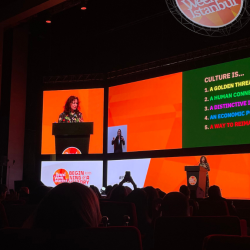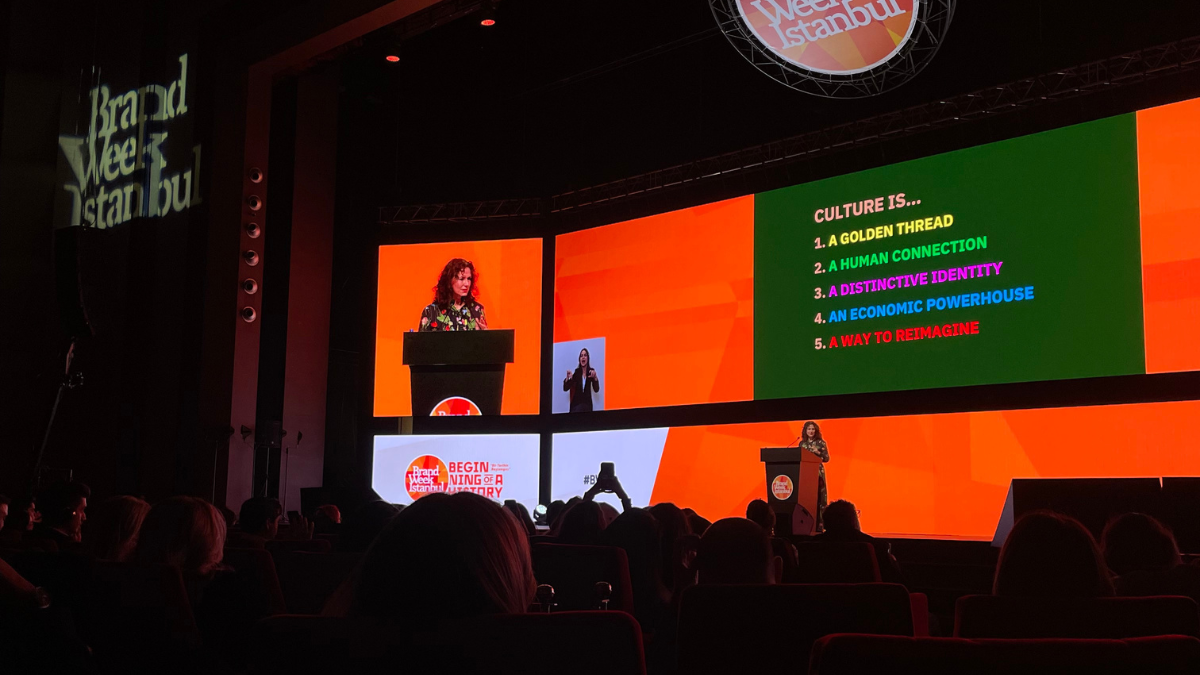Brands and media often seem fixated on the young: Gen Z with their TikTok trends and millennials driving digital culture
But in focusing so heavily on these groups, they frequently overlook two of the most influential (and wealthy) generations: boomers and Gen X. Baby boomers control over 50% of household wealth in markets like the US, yet only about 5-10% of marketing budgets target them. Generation X, bridging boomers and millennials, balance aspirational spending with significant financial influence; but often receives little attention in campaigns.
Why the imbalance? Perhaps it’s easier to chase the flash of youth, or assume older generations are harder to reach digitally. These generations may not be the trendsetters or digital natives making impulse purchases on TikTok, but there is an untapped goldmine sitting squarely with them. This blind spot is not only costly in financial terms; it’s also a missed opportunity to connect meaningfully across the broader spectrum of life stages and experiences.
Beyond that, there is a bigger question at play — what are we learning from these generational divides, and how real are they?
Shifts across generations: lessons and missed opportunities
Generations are a helpful foundation for understanding shared behaviours and how priorities evolve as people move through life. These labels, while not perfect, highlight broad patterns that help brands align their strategies to what matters most to different age groups.
For example, younger generations like Gen Z and millennials are drawn to discovery, identity, and community. Platforms like TikTok and Instagram dominate their attention, fuelled by fast-moving trends and values-driven messaging that resonates with their need for connection and purpose. These audiences thrive on novelty, fast decision-making, and a sense of shared experience (even if it’s just a collective giggle over a meme).
Gen X, meanwhile, balances aspiration with practicality as they juggle careers, family, and ageing parents. Often overlooked, they are active on Instagram and even TikTok, where they engage with content that aligns with their priorities — whether financial security, meaningful travel, or premium products that simplify busy lives.
And boomers, one of the wealthiest consumer groups, prioritise quality of life, connection, and legacy. They’ve embraced platforms like Facebook and are increasingly confident online shoppers. From luxury travel to health tech, they respond to campaigns that reflect their pursuit of depth and value.
But here’s the reality check: while the younger generations shape culture, boomers and Gen X shape spending. And yet, they’re overlooked. The takeaway? There is untapped potential here. Brands that fail to engage these audiences miss out on not just revenue, but on building relationships with two of the most financially powerful demographics.
Does generational marketing still work?
From a performance perspective, focusing on the commonalities within these social constructs — biased and fuzzy as they might be — means we have better chances to drive action, for example when building target audiences for biddable media. The reality is that ‘generation’ as a concept is quite useful, simply because the differences are there for everyone to see, even if they exist over a spectrum.
Again, taking social media as a case in point. Around 40% of Gen Z and millennials make an impulse purchase on social every two weeks, this drops to 10% among baby boomers (GWI). You have your Facebook Groups for mums and Gen Z messaging on Snapchat. You have your shortening attention spans, and so on.
We’d be remiss if we didn’t acknowledge all of this. But that doesn’t mean we should not account for individual experiences across stages of life — and these are now more diverse than ever before. Being overly generic brings in the risk of landing flat, or worse, alienation.
While generational traits help marketers understand broad patterns, alongside this life stages and individual experiences are becoming more diverse than ever.
Millennials are delaying parenthood, boomers are launching businesses, and Gen Z is already investing in retirement. These shifts highlight the need for adaptable strategies that go beyond rigid age-based labels. Effective campaigns can start with generational insights, but then it’s essential to dive deeper and consider individual nuances.
Beyond labels: connecting with the individual
Listening to communities online helps remind us that everyone has a unique experience and perspective — brands must be cognisant of this and adapt. For me, this means seeking to connect with the individual: getting a better understanding of our audience, engaging in a two-way conversation to learn more, and tailoring strategies and messages accordingly.
Intelligence tools and online communities allow marketers to understand specific values, needs, and behaviours that transcend age. Using financial services as an example: instead of targeting boomers as a monolithic group, campaigns can segment health-conscious retirees and those planning multi-generational family adventures. It’s all about audience nuance and veering into hyper-personalisation territory — combining generational insights with individual priorities.
Striking the right balance
Generational marketing remains a useful framework, but it can’t be the whole story in today’s fragmented world. As we move through life, how we engage with brands evolves — shaped by our experiences, not just our birth year. For marketers, the challenge is to recognise the diversity within each generation and meet audiences where they are, both digitally and emotionally. So, yes, keep chasing the younger generations’ viral trends and cultural currency. Don’t forget about the boomers’ remarkable purchasing power, or the Gen Xers scrolling Instagram after the kids are in bed.
But ultimately, remember that in today’s complex digital reality, your strategies shouldn’t come down to oversimplification or prioritising one generation over another — it’s about meeting your audiences where they are in life, and connecting in meaningful ways.
Featured image: Anastasia Shuraeva / Pexels































